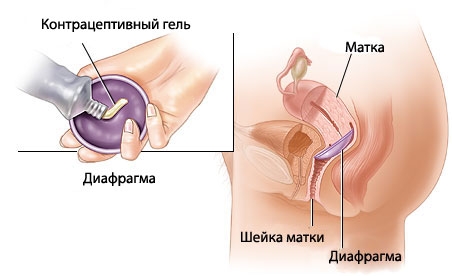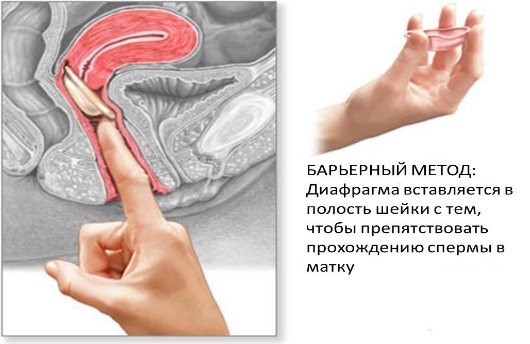Barrier contraception, in particular the use of male condoms, is one of the most popular methods of family planning due to its affordability, convenience and effectiveness.
At the same time, female barrier methods of contraception are not popular among the population. Why is there such a situation? Understood estet-portal.com.
On the advantages and disadvantages of the use of female barrier contraceptive methods, as well as some features of their use, read further in the article.
Female condoms – reliable method of preventing the spread of infections
The first female condoms were invented in the 80s of the last century. The purpose of their creation was to prevent the spread of sexually transmitted infections in the developing countries of the world.
Already in 1993, the FDA approved the use of the first version of the female condom in the United States.
Modern female condoms are made from materials such as latex, nitrile or polyurethane.
Unlike male condoms, female condoms have two rings: one designed to be worn around the cervix and the other to be removed outside the vagina.
Follow us on Telegram
Female condoms completely cover the vulva and vagina. They have not only high contraceptive effectiveness, but also prevent the spread of sexually transmitted infections.
Oral contraceptives and beautiful skin – is there a dependency
Aperture – well-known method of contraception of the last century
The diaphragm as a method of contraception was invented back in 1838 by the German scientist Mensing. This method of contraception was especially popular in the second half of the twentieth century.

Diaphragms are made of latex and are a hemisphere, at the base of which there is a flexible ring. The latter is worn on the cervix, creating a mechanical barrier for the penetration of spermatozoa.
There are several types of diaphragms depending on their size and shape (flat, curved, annular).
When using the diaphragm as a contraceptive, the Pearl index is 4-19.
The size of the diaphragm should be selected by the physician on a case-by-case basis. It depends on the volume of the vagina and the size of the cervix of the patient.
Non-combined oral contraceptives: what they are and how they work
Why is aperture not popular today
Diaphragms should only be recommended for use in combination with spermicides. It is inserted into the vagina 1.5 hours before the onset of sexual intercourse, and removed no earlier than 6 hours after it, but no later than 24 hours.

The diaphragm is inserted by the patient into the vagina on her own in such a way that the dome covers the cervix, and the rim is in the fornix of the vagina.
Diaphragm is not a popular method of contraception these days, because it is quite inconvenient to use (requires skills to install and remove, special care and storage), and also does not prevent the development of sexually transmitted infections.
Diaphragm is not a popular method of contraception these days as it is rather inconvenient to use and does not prevent infection.
The diaphragm cannot be used as a method of contraception in women who have not given birth, women with prolapsed vaginal walls, or during menstruation.
Follow us on Telegram
Cap: features of the practical use of the contraceptive method
The cervical cap is designed to cover only the cervix. This uses its suction effect, which helps to keep the cap on the cervix during intercourse.
Among the advantages of cervical caps is the possibility of their reusable use and the absence of systemic effects.

However, cervical caps are not a reliable method of preventing unwanted pregnancies. The Pearl Index is as much as 16-32.
Thus, the following conclusion can be drawn: female barrier contraceptive methods are not popular nowadays due to their low contraceptive effectiveness (with the exception of female condoms) and inconvenience in use.
Female barrier contraceptive methods are not popular nowadays due to their low contraceptive effectiveness (with the exception of female condoms) and inconvenience in use.
Thank you for staying with estet-portal.com. Read other interesting articles in the "Gynecology" section. You may also be interested in: Contraceptives and lactation: effective and safe methods






Add a comment